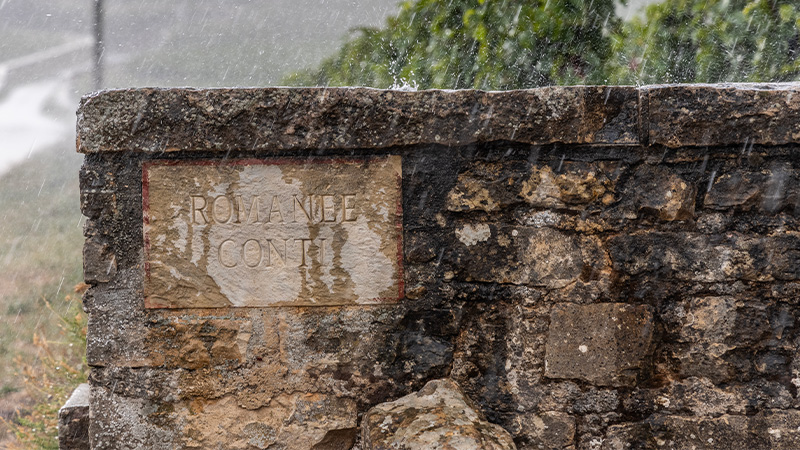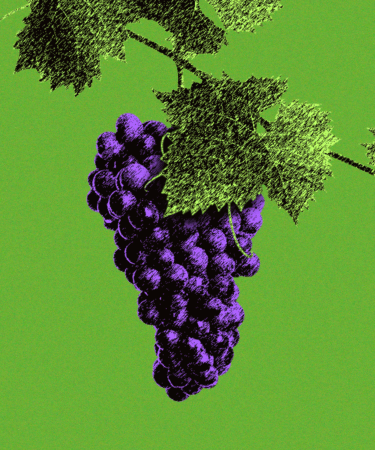While you’re on vacation and galavanting through rows of grapes at a vineyard, the lack of security around the vines probably doesn’t come to mind. While some vineyards might be fenced in or hidden in the back of private property, most wine regions simply trust that locals and visitors will respect their land and not harm their bounty — even when the wine they produce can be worth tens of thousands of dollars. This approach tends to work, and most vineyards remain peaceful and undisturbed. But there was one notable instance in recent history where some of the world’s most prized vines were the target of an elaborate blackmailing scheme.
Domaine de la Romanée-Conti (DRC) is the most famous producer in France’s esteemed Burgundy region, making sought-after Pinot Noirs from the area’s most coveted vineyard sites. Bottles from this winemaker can be found at auction for well over $20,000. In fact, the most expensive wine bottle ever sold at auction was actually a 1945 Romanée-Conti that went for a whopping $558,000 in Geneva, Switzerland. While the estate is no stranger to prowlers sneaking over the fence to look for vine cuttings, those efforts are ultimately harmless. But in January 2010, DRC co-director Aubert de Villaine received a letter threatening to poison all the vines in their most cherished vineyard.
At the time, de Villaine commented that he didn’t know how to respond to the letter, writing it off as a sick joke. “But when a second arrived shortly afterward,” de Villaine told French media, “I took the affair very seriously.”
The second letter revealed the perpetrator’s elaborate blackmail scheme, warning that they would poison all of the roots unless the domain paid a ransom of 1 million euros (about $1.26 millIon). The letter was accompanied by a cylindrical container filled with maps of the estate. It appeared that whoever sent the letter was eerily familiar with each vineyard, drawing them out in meticulous detail. Two small areas on the maps were circled: one where de Villaine was instructed to drop off the money, and another where some 82 vines had allegedly been poisoned. The message also indicated that two vines were supposedly already dead, but the rest still stood a chance to be spared upon payment.
This delivery prompted de Villaine to contact the authorities. Instead of reaching out to local police — Burgundy is a small region prone to gossip — he opted for a senior official based in Paris to handle the case. An investigation immediately determined that the two vines singled out on the map were indeed poisoned and dying, making the letter a viable threat.

The police devised a plan to catch the criminal. When the ransom drop date of Feb. 4 arrived, they instructed de Villaine to leave a note that he needed more time to scrounge up the money. The blackmailer responded with a new location and date for the exchange: a cemetery in Chambolle-Musigny on Feb. 22. When the day arrived, one of DRC’s employees left a briefcase at the site. When the perpetrator and his son moved in to pick it up, the police surrounded and arrested them.
The vine assassin turned out to be a fellow winemaker from a region further north in Burgundy, which explained all of his apparent wine knowledge in the letters. He also had an extensive criminal record, including armed robberies and kidnapping. Further investigation proved that he had been plotting this scheme for a long time, and lived in a shack in the woods overlooking the vineyard to study the terrain. There, authorities found unsettling items including the clothes of a vineyard worker, a drill, syringes, bottles of herbicide, and a handgun.
To celebrate saving the vineyards and thank the investigators for their hard work, de Villaine opened a few of the domain’s prestigious bottles, including a 1961 Romanée-Conti. So, next time you’re visiting a wine region, don’t get any far-fetched ideas.
*Image retrieved from Ricochet64 via stock.adobe.com
